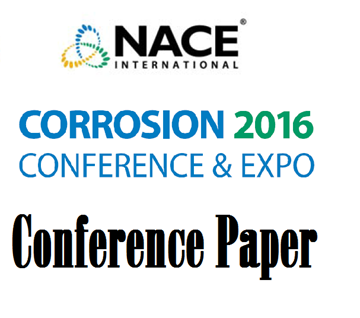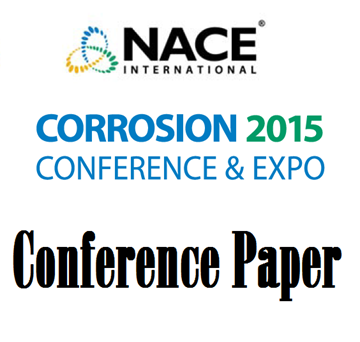Search
51314-4273-Evaluation of Corrosivity of Produced Fluids during SAGD Operations
Also Purchased
51316-7184-Corrosivity of Produced and Make-up Water in Oil Sands Thermal Water Treatment Systems
Product Number:
51316-7184-SG
ISBN:
7184 2016 CP
Publication Date:
2016
$20.00
51312-01716-Materials Selection for Designing SAGD Plants
Product Number:
51312-01716-SG
ISBN:
01716 2012 CP
Publication Date:
2012
$20.00
51315-5447-Mystery of SAGD Produced Gas Corrosivity and Corrosion Mitigation Strategy
Product Number:
51315-5447-SG
ISBN:
5447 2015 CP
Publication Date:
2015
$20.00




